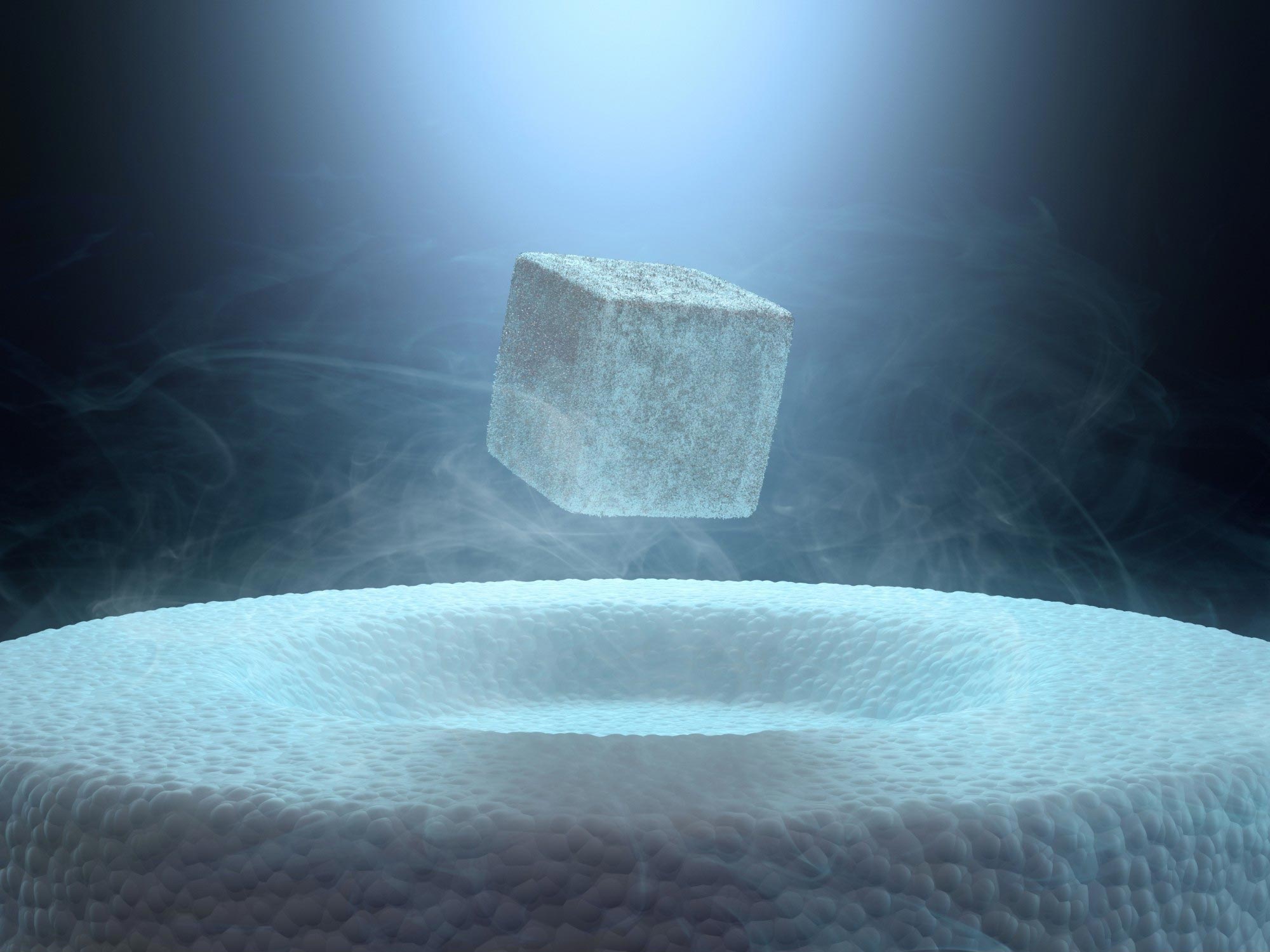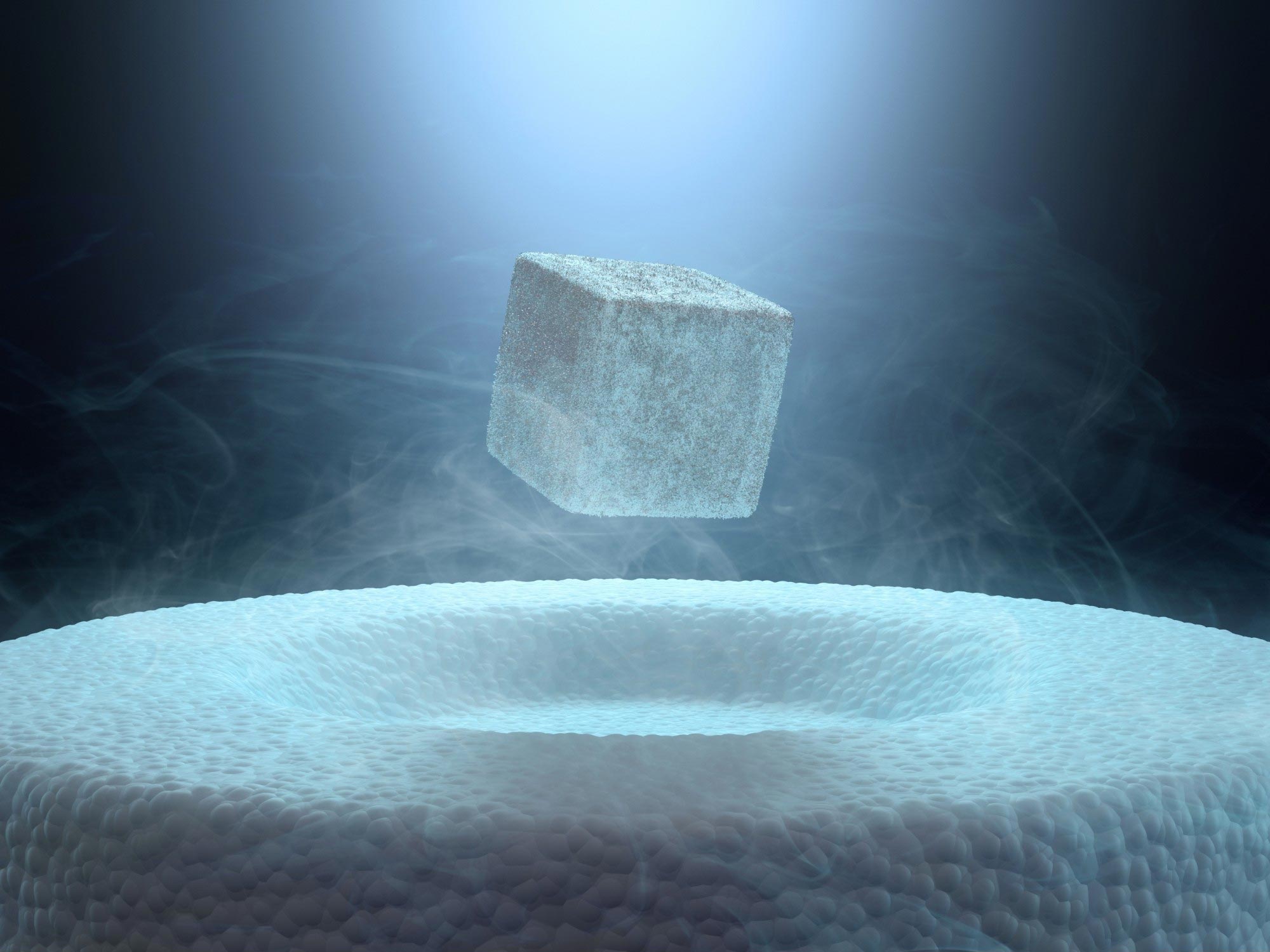
استخدم باحثون من جامعة TU Wien والجامعات في اليابان عمليات المحاكاة الحاسوبية لتحديد “المنطقة الذهبية” من أجل الموصلية الفائقة المثلى. هذه المنطقة ، حيث يكون التفاعل بين الإلكترونات قويًا ولكنه ليس قويًا جدًا ، يتم تحقيقه باستخدام نوع جديد من المواد يسمى المنصات ، مما يؤدي إلى عصر جديد من أبحاث الموصلية الفائقة.
أجرى TU Wien حسابات تشير إلى استخدام معدن البلاديوم كمواد “Goldilocks” لإنشاء موصلات فائقة فائقة التوصيل حتى في درجات الحرارة المرتفعة نسبيًا.
في مجال الفيزياء الحديثة ، هناك مسعى مثير جاري: تحديد الطريقة المثلى لإنشاء الموصلات الفائقة التي تحافظ على الموصلية الفائقة في درجات الحرارة العالية والضغط المحيط. تم تعزيز هذا المسعى مؤخرًا من خلال اكتشاف النيكل ، مما أدى إلى حقبة جديدة من الموصلية الفائقة.
يكمن أساس هذه الموصلات الفائقة في النيكل ، مما دفع العديد من العلماء إلى الإشارة إلى هذه الفترة من أبحاث الموصلية الفائقة باسم “عصر النيكل”. في كثير من النواحي ، تشبه النيكل النحاسيات ، التي تم اكتشافها في الثمانينيات وهي تعتمد على النحاس.
ولكن الآن هناك فئة جديدة من المواد تلعب دورها: بالتعاون بين TU Wien والجامعات في اليابان ، كان من الممكن محاكاة سلوك المواد المختلفة بشكل أكثر دقة على الكمبيوتر أكثر من أي وقت مضى.
هناك “منطقة المعتدل” حيث تعمل الموصلية الفائقة بشكل أفضل. لا تتحقق هذه المنطقة بالنيكل أو النحاس ، بل بالبلاديوم. يمكن أن يؤدي هذا إلى “عصر جديد من المنصات” في أبحاث الموصلية الفائقة. تم نشر النتائج الآن في مجلة Science
The search for higher transition temperatures
At high temperatures, superconductors behave very similarly to other conducting materials. But when they are cooled below a certain “critical temperature”, they change dramatically: their electrical resistance disappears completely and suddenly they can conduct electricity without any loss. This limit, at which a material changes between a superconducting and a normally conducting state, is called the “critical temperature”.
“We have now been able to calculate this “critical temperature” for a whole range of materials. With our modeling on high-performance computers, we were able to predict the phase diagram of nickelate superconductivity with a high degree of accuracy, as the experiments then showed later,” says Prof. Karsten Held from the Institute of Solid State Physics at TU Wien.
Many materials become superconducting only just above absolute zero (-273.15°C), while others retain their superconducting properties even at much higher temperatures. A superconductor that still remains superconducting at normal room temperature and normal atmospheric pressure would fundamentally revolutionize the way we generate, transport, and use electricity. However, such a material has not yet been discovered.
Nevertheless, high-temperature superconductors, including those from the cuprate class, play an important role in technology – for example, in the transmission of large currents or in the production of extremely strong magnetic fields.
Copper? Nickel? Or Palladium?
The search for the best possible superconducting materials is difficult: there are many different chemical elements that come into question. You can put them together in different structures, you can add tiny traces of other elements to optimize superconductivity. “To find suitable candidates, you have to understand on a quantum-physical level how the electrons interact with each other in the material,” says Prof. Karsten Held.
This showed that there is an optimum for the interaction strength of the electrons. The interaction must be strong, but also not too strong. There is a “golden zone” in between that makes it possible to achieve the highest transition temperatures.
Palladates as the optimal solution
This golden zone of medium interaction can be reached neither with cuprates nor with nickelates – but one can hit the bull’s eye with a new type of material: so-called palladates. “Palladium is directly one line below nickel in the periodic table. The properties are similar, but the electrons there are on average somewhat further away from the atomic nucleus and each other, so the electronic interaction is weaker,” says Karsten Held.
The model calculations show how to achieve optimal transition temperatures for palladium data. “The computational results are very promising,” says Karsten Held. “We hope that we can now use them to initiate experimental research. If we have a whole new, additional class of materials available with palladates to better understand superconductivity and to create even better superconductors, this could bring the entire research field forward.”
Reference: “Optimizing Superconductivity: From Cuprates via Nickelates to Palladates” by Motoharu Kitatani, Liang Si, Paul Worm, Jan M. Tomczak, Ryotaro Arita and Karsten Held, 20 April 2023, Physical Review Letters.
DOI: 10.1103/PhysRevLett.130.166002

“متعصب التلفزيون. مدمن الويب. مبشر السفر. رجل أعمال متمني. مستكشف هواة. كاتب.”







More Stories
خريطة جديدة للمريخ تكشف عن “هياكل” مخفية تحت سطح المريخ
زوج من نفاثات البلازما الضخمة تندلع من ثقب أسود هائل | الثقوب السوداء
الأسمنت المستوحى من عظام الإنسان أصعب بخمس مرات من الخرسانة العادية